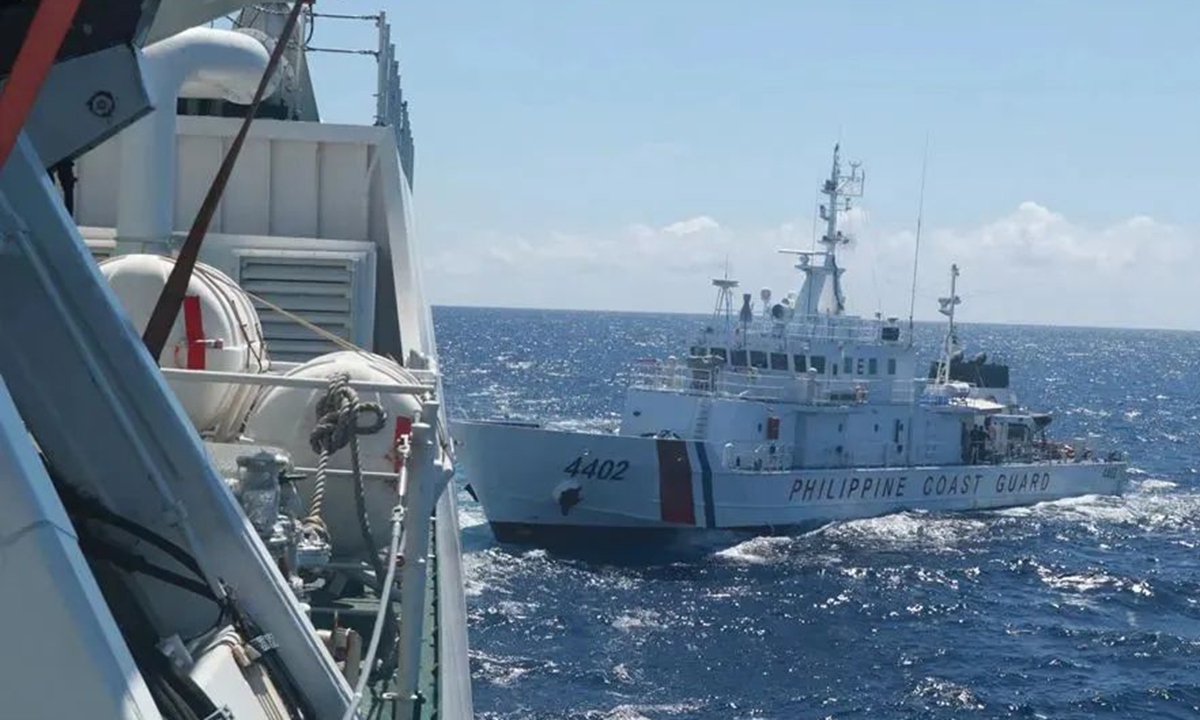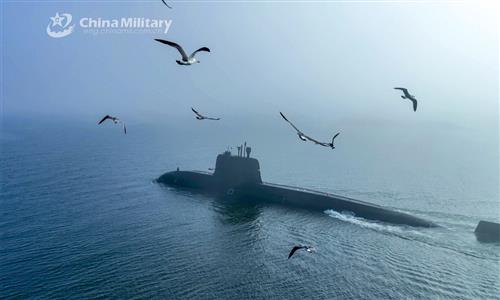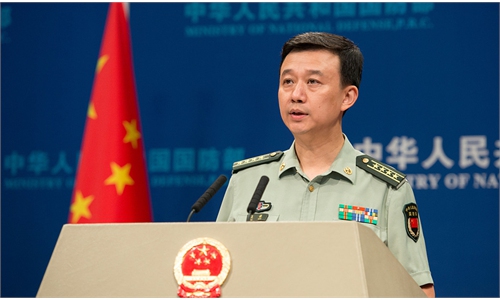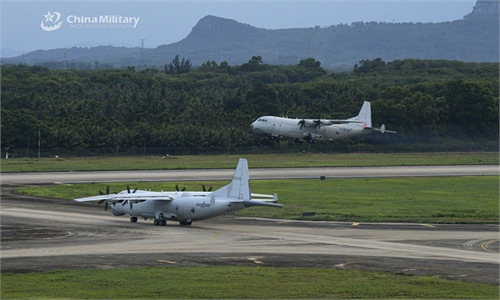US 'aims to escalate tensions' through joint naval sail with Philippines in South China Sea

China Coast Guard drives away Philippine vessels intruding into waters of China's Nansha Islands
Naval vessels from the Philippines and the US conducted their first-ever joint sail through waters west of Palawan island in the South China Sea, Reuters reported on Monday, citing the Philippine military and the Armed Forces of the Philippines' Western Command.
The Philippine Navy's guided missile frigate BRP Jose Rizal and the US Navy Alrleigh Burke-class guided missile destroyer USS Ralph Johnson participated in the joint sail, during which ships practiced maneuvering near other vessels, Reuters reported.
The US-Philippines joint naval sail in the South China Sea released the two countries' intention to enhance their alliance, Ding Duo, deputy director of the Research Center for Oceans Law and Policy at China's National Institute for South China Sea Studies, told the Global Times on Tuesday.
The more the US intervenes in the South China Sea issue, the more the Philippine policies in the South China Sea will likely swing back and forth, Ding said.
Reuters also linked the operation to China's interception of Philippine vessels when the latter intruded into waters near the Ren'ai Reef in an attempt to bring illegal building materials to reinforce an old Philippine warship illegally grounded on the Ren'ai Reef since 1999.
The waters which the US and Philippine navies jointly sailed are very close to China's Nansha Islands, which the Ren'ai Reef is a part of, a Beijing-based military expert who requested anonymity told the Global Times on Tuesday.
After China in late August temporarily allowed transport of food to the Philippines' grounded warship under humanitarian consideration, tensions are to an extent easing down, but that is not what the US wants to see, the expert said.
Also, Chinese Premier Li Qiang is scheduled to attend the 26th China-ASEAN Summit, the 26th ASEAN Plus Three Summit and the 18th East Asia Summit in Jakarta, Indonesia, from Tuesday to Friday, said Wang Wenbin, a spokesperson at China's Ministry of Foreign Affairs, at a regular press conference on Friday.
Given this situation, the US-Philippines joint naval voyage clearly aimed to incite the Philippine hardliners to maintain a tough attitude, confront China and to make the Philippines a US military forward outpost on China's doorsteps, analysts said.
The joint sail before the ASEAN summit is also a signal to ASEAN members in an attempt to influence their positions, Ding said.
It is a provocative move that again shows the US is the biggest source of instability in the South China Sea, Ding said.
The US also rallied other countries from outside of the region, including Japan and Australia, to hold joint drills in the South China Sea in August in an apparent support to the Philippines.
However, being tied onto the US chariot of confronting China does not fit in the Philippines' national interests of economic development, nor will the Philippines gain benefits if a military conflict breaks out in the region, in which the Philippines could be used by the US as a forward deployment and suffer from the flames of war, experts said.




